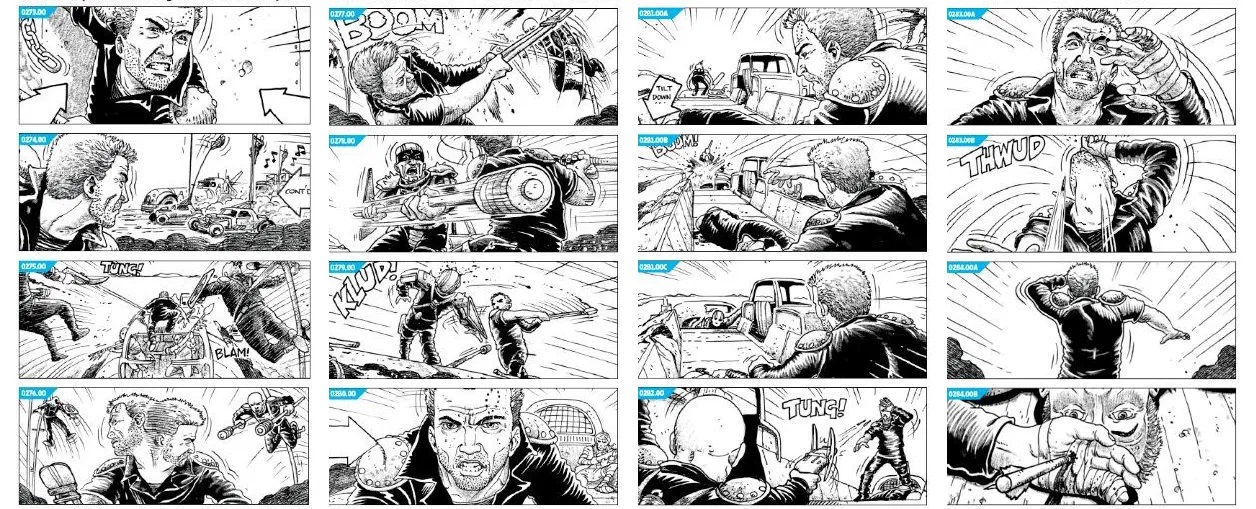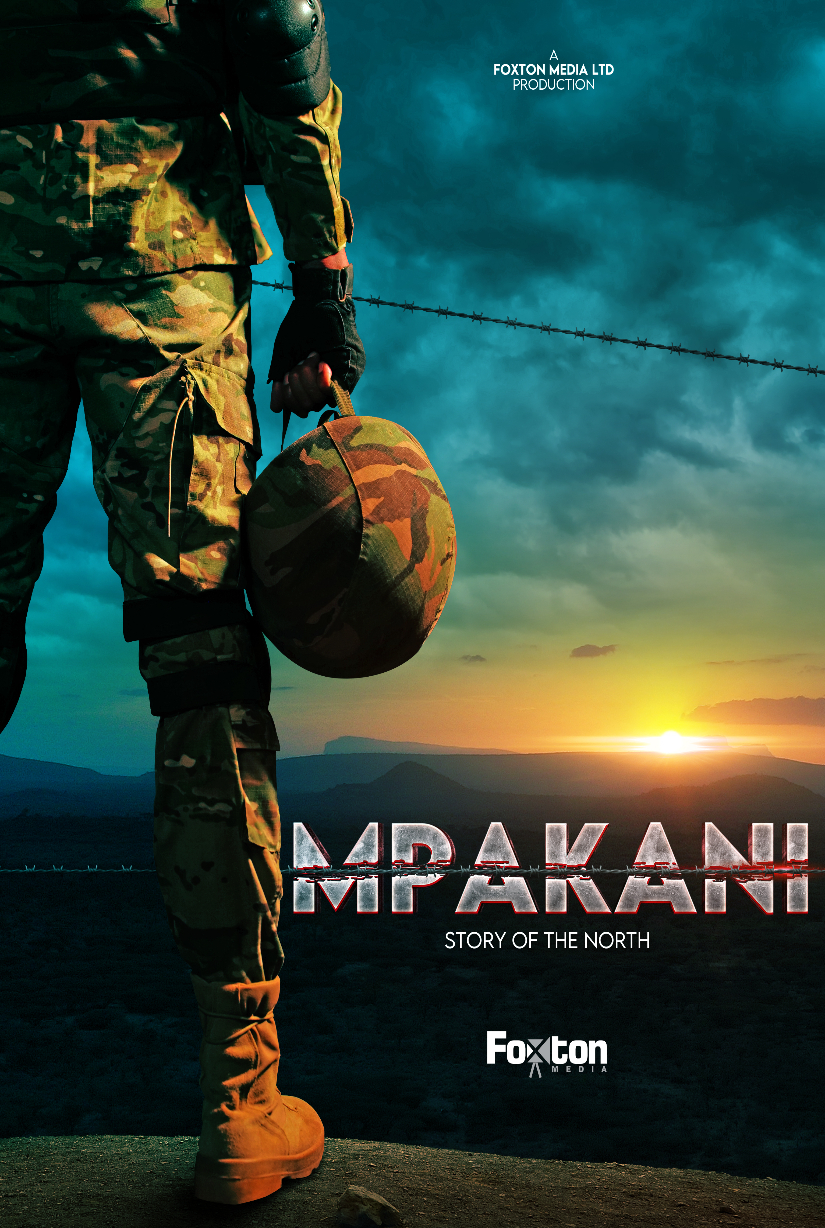Before any movie, animation, documentary, music video, commercial, etc. is shot, a scriptwriter has to write the script and hand it over to the producer, production manager, and director.
Once the script has been approved, a storyboard artist is brought on board to start visualizing the written script.
The storyboard artist is usually a good illustrator who has great knowledge about camera movements, angles, screen formats, composition, and visual storytelling.
HOW ARE STORYBOARDS DONE?
- The storyboard artist reads the script.
- They then proceed to illustrate the entire script shot by shot.
- The storyboards can be simple pencil sketches or inked line art or digital colored illustrations.
The storyboard needs to capture:
- Action
- Facial expressions and character dynamic poses
- Dynamic landscape shots
- Set layouts
Computer programs can be used to create storyboards too. Knowledge in drawing is needed to create artworks using the software. Examples of these software programs include:
(i) Storyboarder
(ii) Photoshop
(iii) Plot
(iii) Studiobinder
(iv) Boards
(v) Toon booms storyboard pro
Some storyboards are elevated to the next level by being turned into animatic or pre-viz (We will talk about this in another blog post).
WHY ARE STORYBOARDS DONE BEFORE A SHOOT?
- They are used as a visual guide to help with shoot planning and logistics.
- The storyboard acts as a primitive camera work for the director to have a look at how the story unfolds, how shots can be framed and be improved upon.
- During shooting, the storyboard can be used as reference material by everyone onset and the visual effects departments.
- Storyboards can be used as a pitch document to be presented to potential investors.
- (The movie Shoot em up got greenlit (funded) by New Line Cinema executives after director Michael Davis presented an impressive storyboard even without reading the script)
HOW TO BECOME A GOOD STORYBOARD ARTIST
- - Be a good all-rounded artist who can draw anything with the least reference materials.
- - Know-how in dynamic poses, camera angles and movements are an added advantage.
- - Have some knowledge of computer-aided art programs e.g. Photoshop, Storyboarder, etc.
- To be an even better artist, learn 3D software e.g., 3DS Max, etc., and video editing software e.g., Adobe After Effects. (psst! This is where animatics come into play).
- Be flexible to work extra-long hours if you are slow at drawing.
- Observe your surroundings and nature. These are the things you will mostly draw.
- Research on every subject presented in the script e.g., if you are tasked with military-based script research on uniforms, weapons, military bases, and vehicles, etc.
STORYBOARDING IN KENYA
- Many film productions have not embraced the power of storyboarding. The only industry that seems to utilize this service is the Advertisement agencies. The pre-production part of concept art and storyboarding is a largely neglected step in most film making processes in Kenya.
- The storyboarding industry is a pretty new venture, and there is a lot of potential in this sector. There are very few well-rounded storyboard artists who can be trusted with delivering quality work and on time (which is usually a tight deadline). If this industry is exploited well, it will be a killing of two birds with one stone scenario. More artists will get jobs, and the filmmakers who want to pitch their ideas to investors will find it easy to showcase how their film will look like and the level of logistics involved.
- There are many art institutes in Kenya that offer art courses. This can be a good starting point in getting knowledge on how to draw, composition, camera angles, etc. there are also many online resources for free on storyboarding e.g., many studios post their storyboards to some of their blockbuster movies e.g., Mad Max fury road etc. your rifle is your art. Your imagination is the bullet. Your hard work and determination are your rapid fire.

- Storyboard charges vary depending on the project budget. Some artists will charge par frame while sometimes when the project is too big, a one-off amount is agreed upon by the artist and client. For starters, straight out of school, Kshs. 500 per panel is a fair price. For the more seasoned artists who are quicker, better polished art work, understand camera work and showcase amazing creativity in terms of sequencing action and set layouts might charge Kshs. 3000 to kshs. 4000 per frame! Yes, that is money an artist can make and there are clients who are ready to pay for quality work.
- Finding work can be hard in Kenya, especially if your name is not on high rotation within agency creative heads. But once your work is known, and you have a good reputation for delivering on time, you will drown in work. Other ways of getting your name out there is by use of social media sites like Facebook and Instagram. Post as many illustrations as possible on a regular basis. Post in art forums where creative heads flock, like Kenyan filmmakers or The art directors and copywriters club of Kenya etc.
- A sure way of getting hired is to create a portfolio of some storyboards you have done, they can be a client's work or your own self-challenge projects. Then create a list of all the places you would like to work for. Find out who the creatives heads are in those companies, then shoot an email with your portfolio. Don’t say much, your work will speak for itself. You never know they might be having a pitch next week, and you are the person they’ve been looking for.
FROM SCRIPT TO STORYBOARD, TO SET, TO SCREEN
During the production of the movie, Coerced Revenge a storyboard artist was brought on board to visualize the script. Below are some script moments, how they were illustrated, shot on set, and how they appeared on the screen.











Similar Posts
No similar post at the moment check back later